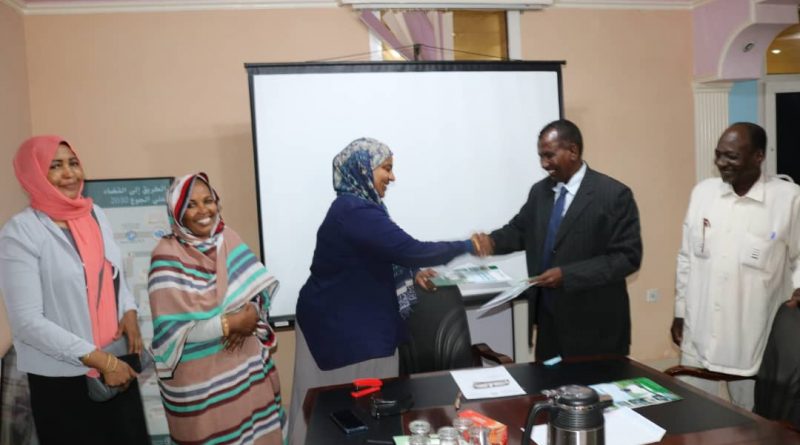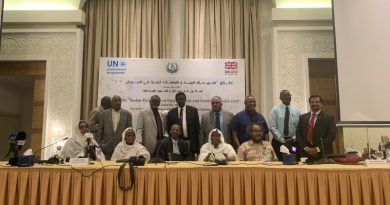The Higher Council for the Environment and the National Center for Research signed Memorandum of Understanding in the domain of construction alternatives
Today, the Higher Council for Environment and Natural Resources signed a memorandum of understanding with the National Center for Research to implement the program of using alternative materials for construction in the White Nile State, where Climate Change Adaptation Project is operating.
The memorandum was signed by Dr. Mona Ali Mohamed Ahmed, Secretary General of the Supreme Council for Environment and Natural Resources, and Dr. Salah El-Din Dafaallah, Director of the Institute of Engineering Research and Materials Technology, on behalf of the Director General of the National Center for Research.
The Secretary-General expressed her pleasure at signing the memorandum of understanding. She stresses the environmental and economic feasibility of building technology in earthen architecture, and stressed the dissemination of the experience to the rest of the projects operating in the council as needed.
She also noted to strengthening of cooperation with the National Center for Research to benefiting from mature technologies that suit local communities and make them more prepared to withstand climate change.
In this context, Dr. Salah El-Din said that the memorandum of understanding confirms the interests of the two parties to protect and preserve the environment and the livelihood of the citizen. He get into detail of cooperation, which includes; training program on the application of advanced technologies for building with earth, the manufacture of pressing machines for installed bricks, and training in the production and construction of bricks, in addition to constructing a building that can be used as a public center runs by the communities for the purposes of training and various development projects.
On his part, Eng. Ibrahim Balila, Country Director of the Climate Change Adaptation Project considered The scope of the memorandum will enhance the project’s approach to preserving the ecological system by reducing the use of wood for construction and reduces deforestation and building with thatch, will reduce the cost of materials and providing a stable building that is resistant to floods and torrential rains, especially in areas affected by climate change.
It is noteworthy that Climate Change Adaptation Project in the White Nile State targets 43 villages in the localities of Salam, Tandalti, Qoli and Al-Duweim, and about 8,000 families benefit from its services.




